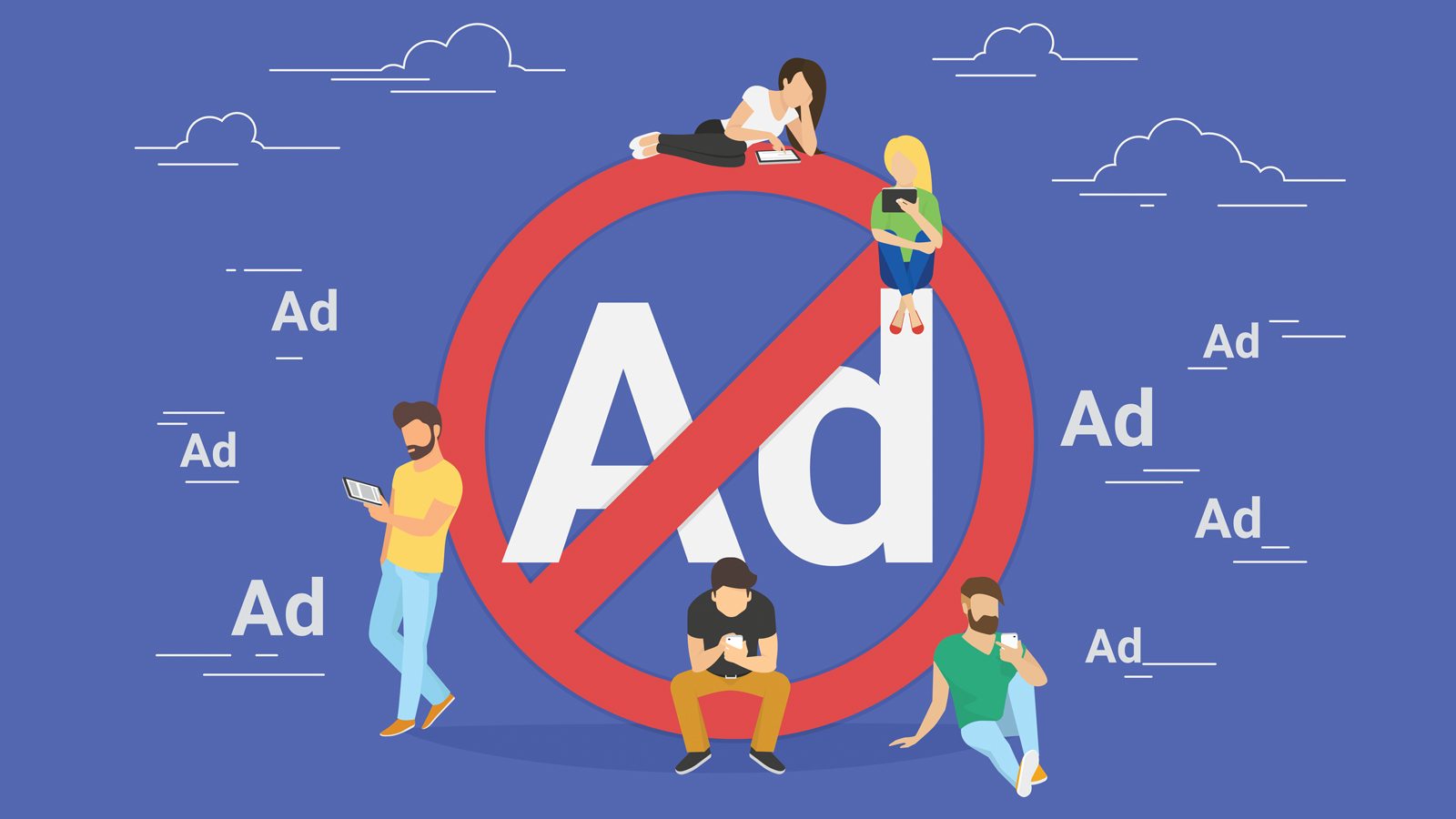Strategically Overcoming the Rise of Ad Blocking

In case you missed it, The Wall Street Journal recently reported that Google plans to release a new ad-blocking feature that could be included in its Chrome browser.
Obviously, people have a lot of feelings about this. But this would appear to be another effort from Google to improve user experience; and while we may have some misgivings about how such a move further consolidates industry authority into Google’s pocket, it’s largely commendable.
Look, even as digital marketers we can admit that, when used improperly, online ads can be detrimental to web browsing. And the vast majority of people agree: In a 2016 HubSpot study, 91 percent of respondents said online ads are more intrusive now than they were two or three years before.
If it still makes you uneasy, keep in mind that this rise of ad blocking is nothing new: A recent report from PageFair reveals that the usage of ad-blocking software is rapidly growing around the world. In December 2016, there were 615 million devices — 11 percent of the global internet population — running ad-blocking software worldwide, showing a growth of 142 million devices year over year.
It may feel like a threat to advertising and marketing, but really, this movement is a rejection of the way advertisers are trying to reach their audience rather than a rejection of digital advertising as a whole.
We could give you tips to work around this already-elusive software, but as content marketers, we think we’ve got a better approach.
Four Steps to Reaching Your Audience the Right Way
1. Social Media
Social media is one of the most effective channels for creating meaningful, personal interactions with your consumers. There are two main ways to reach them (we strongly recommend a mix of both):
- Organic content can help extend your reach and increase engagement with your consumers.
- Paid promotions still come up on people’s news feeds, but you have the ability to select a highly targeted audience and reach new customers who don’t already follow you organically.
Regardless of how you deliver your message, there are a few important things to keep in mind when crafting your social media strategy.
- Keep an eye on your audience. Pay attention to what your target audience is viewing, reading, and discussing on social media. Once you learn what is important to them, you can create content that caters to their needs and interests.
- Use quality over quantity. Instead of cluttering your target market’s social media feeds with too many posts and advertisements, power each post with creative, insightful content that will fuel new readers and generate more clicks.
- Know your brand and message. Consistency is key, so thread these elements through every post you produce.
2. Email Advertising
You cannot ignore email marketing. According to a 2013 MarketingSherpa report, 72 percent of people prefer to receive promotional content through email marketing, compared to just 17 percent who prefer social media.
Emailing reigns supreme in the marketing world, with 3,800 percent ROI and $38 for every dollar spent, according to a report from the Digital Marketing Association in 2015. Plus, the audience you cultivate and engage with email belongs to you. You do not own the relationship with your social media audiences — the platform owns that relationship. For businesses invested in developing a one-to-one relationship with their customers, email marketing and a method for gathering and leveraging your first-party data is crucial.
3. Native Advertising
Native advertising content is useful, interesting, and highly targeted to a specific audience, but delivered in a way that does not hinder the user’s normal behavior in that media channel.
You’ve probably engaged with native advertising more than you realize. It seamlessly sneaks its way into your social media feeds, favorite blogs, or apps. Buzzfeed, for example, uses sponsored content (or native advertising) that is formatted almost identically to the site’s other articles and quizzes, but is sponsored by advertisers.
The key to effective native advertising is to create content that not only fits the look of the site’s other content, but also matches the voice, tone, and style of its brand. Just keep in mind that, in most native advertising campaigns, the ad content is required to be labeled (sponsored, promotional, etc.). This ad blocker now even looks for and highlights those terms on webpages to help show readers what’s actually an ad.
4. High-Quality Content
The real secret to defeating the threat of ad blocking lies in compelling, invaluable content. When you’re creating content that your audience wants to click on, there’s no need for interruptive, annoying ads. It’s our job as marketers to provide value to our consumers in every piece of content we create. No blocking necessary.
Contact us to build a digital marketing strategy that converts.


